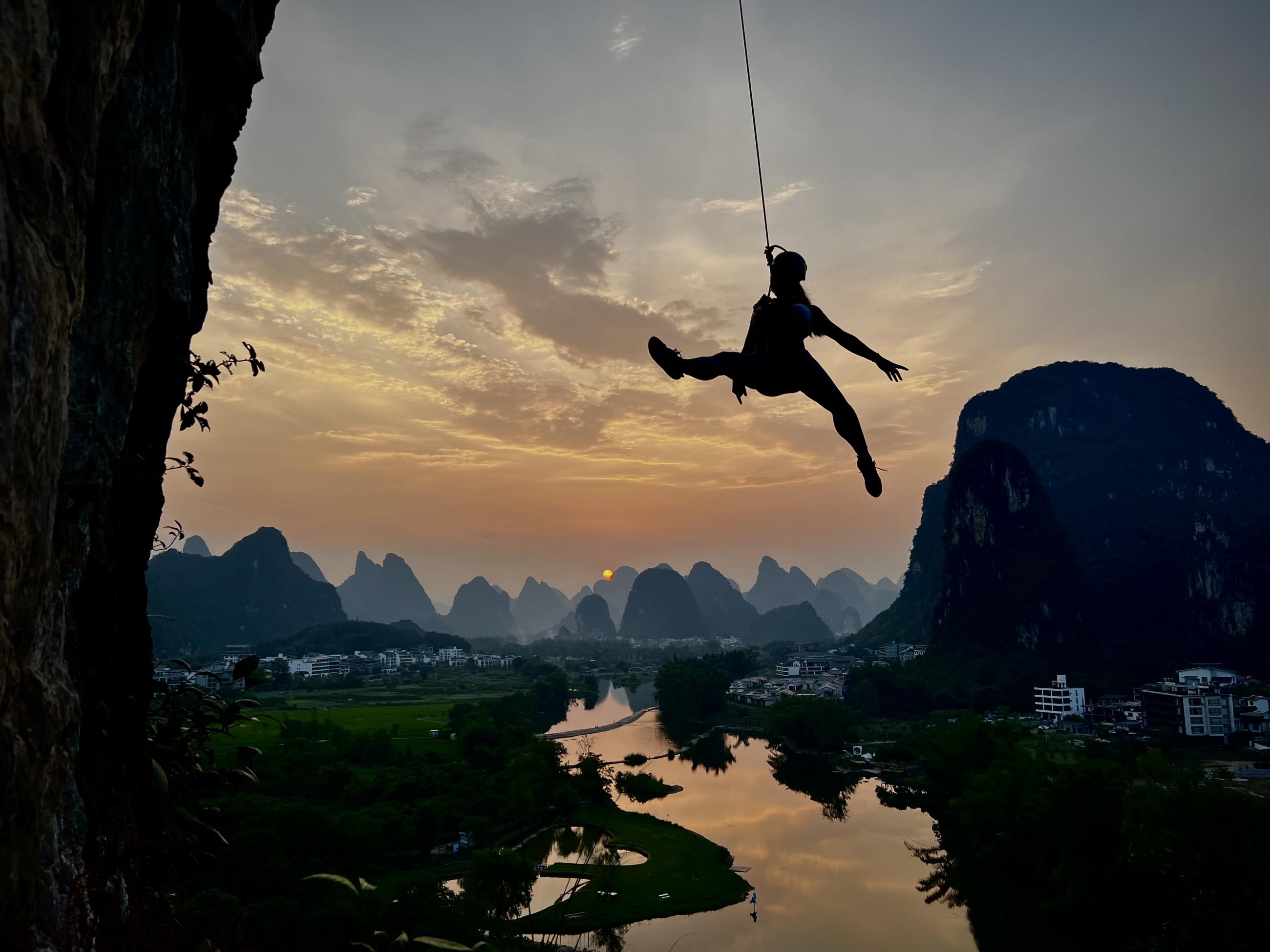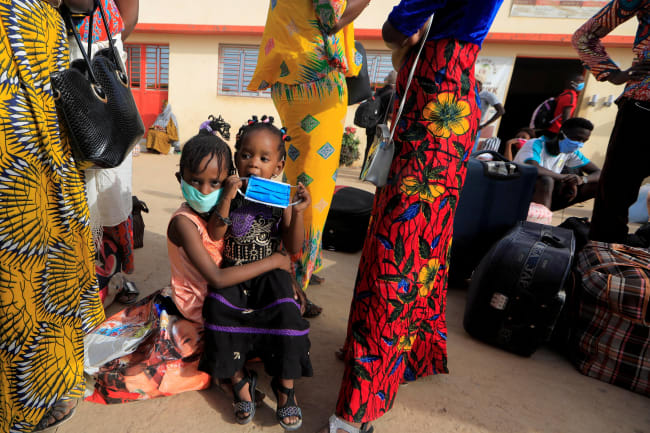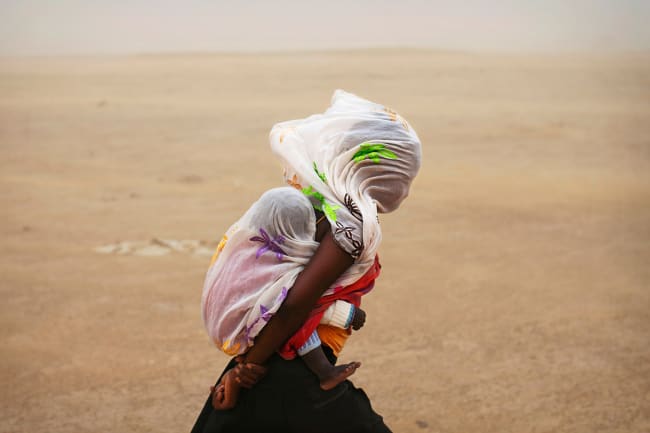Min Min rock climbed outside on soaring cliff faces until the day she gave birth. A video of her climbing while seven months pregnant went viral, and Chinese netizens were furious.
"They said that I need to relax," she said.
Although climbing rope appears thin, it can hold more than 2,600 pounds. And Min's rope was fixed at the top of the climb, so she couldn't fall more than a foot.
One commenter said she was "irresponsible." Another wrote that it was wrong of her to burden firefighters and public workers were she to fall and need a rescue.
"I can't accept this," fumed another. "There's no need for this, you can just walk, swim, or do yoga."
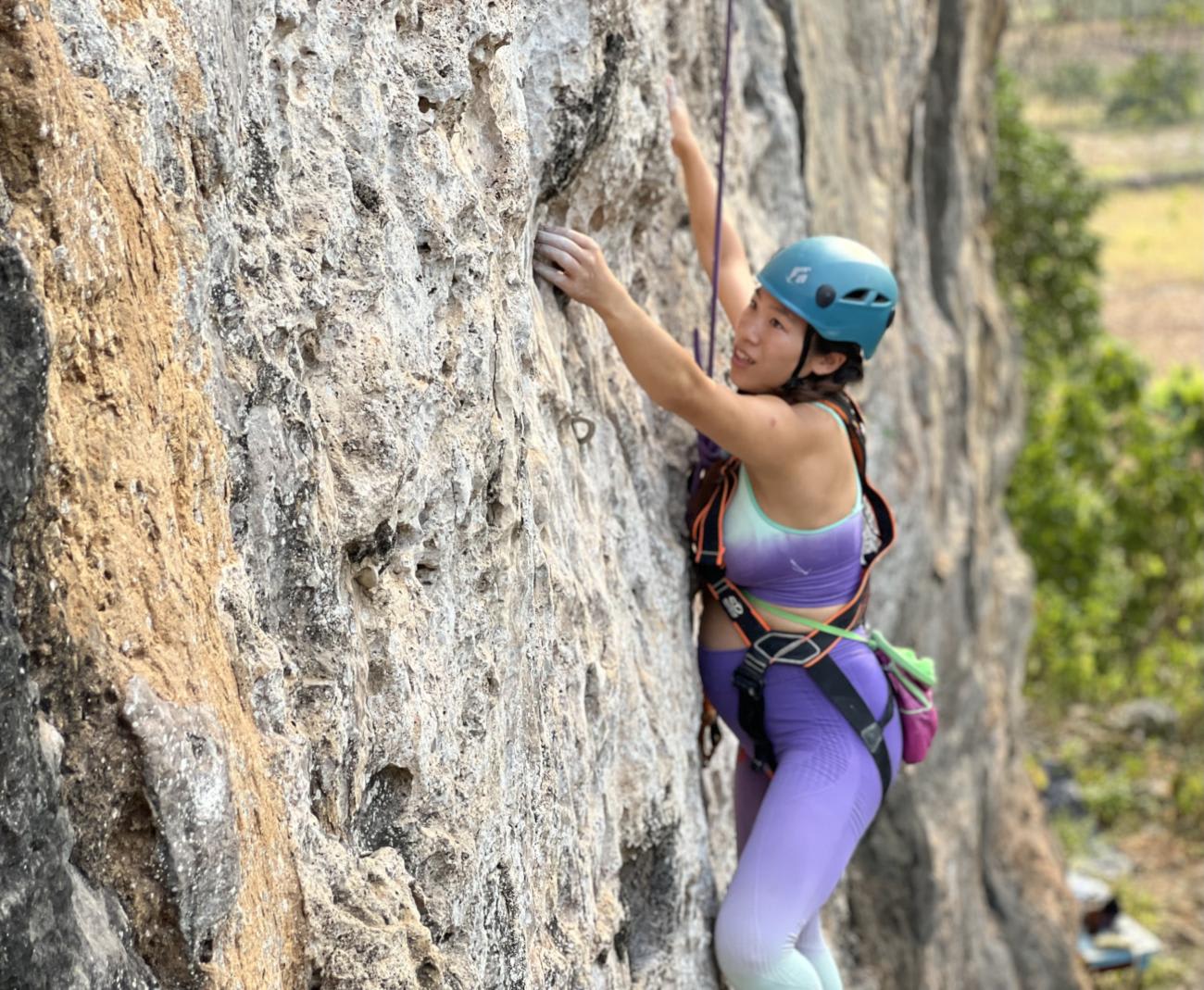
In fact, 28-year-old Min—a competitive ultramarathon trail runner—switched over to rock climbing to decrease risk to her baby. When she was four months pregnant, her doctor recommended that she reduce her running because it was too much shock and movement. So, with a professional rock climbing instructor as a husband and a physician who was accustomed to taking care of climbers, she took up a new sport and fell in love with it.
In many cultures around the world, embracing risk during pregnancy, no matter how small, is so stigmatized that it continues to restrict how pregnant women live their lives.
But for athletes in extreme sports like Min who are comfortable navigating dangers, risk isn't a bad word. It is normal, manageable, even fun.
Letting Women Trust Their Bodies
Women were largely shut out from extreme sports until the 2000s, and many pregnant women still are. Around the world, pregnant women are not typically encouraged to trust their bodies, even if they're athletes who arguably know their bodies best.
Arielle Ott, who resides in West Virginia, found out she was pregnant while on a rock climbing trip with her husband in Spain. Like many expecting parents, she picked up a copy of What to Expect When You're Expecting, a 656-page pregnancy guide written by a copy editor and first published in 1984.
It instructed Ott to "get regular exercise, but don't do anything extreme or dangerous, like rock climbing or skiing." Ott, who had been on the slopes since the age of one, thought "well, I'm definitely doing both of those things. That's silly."
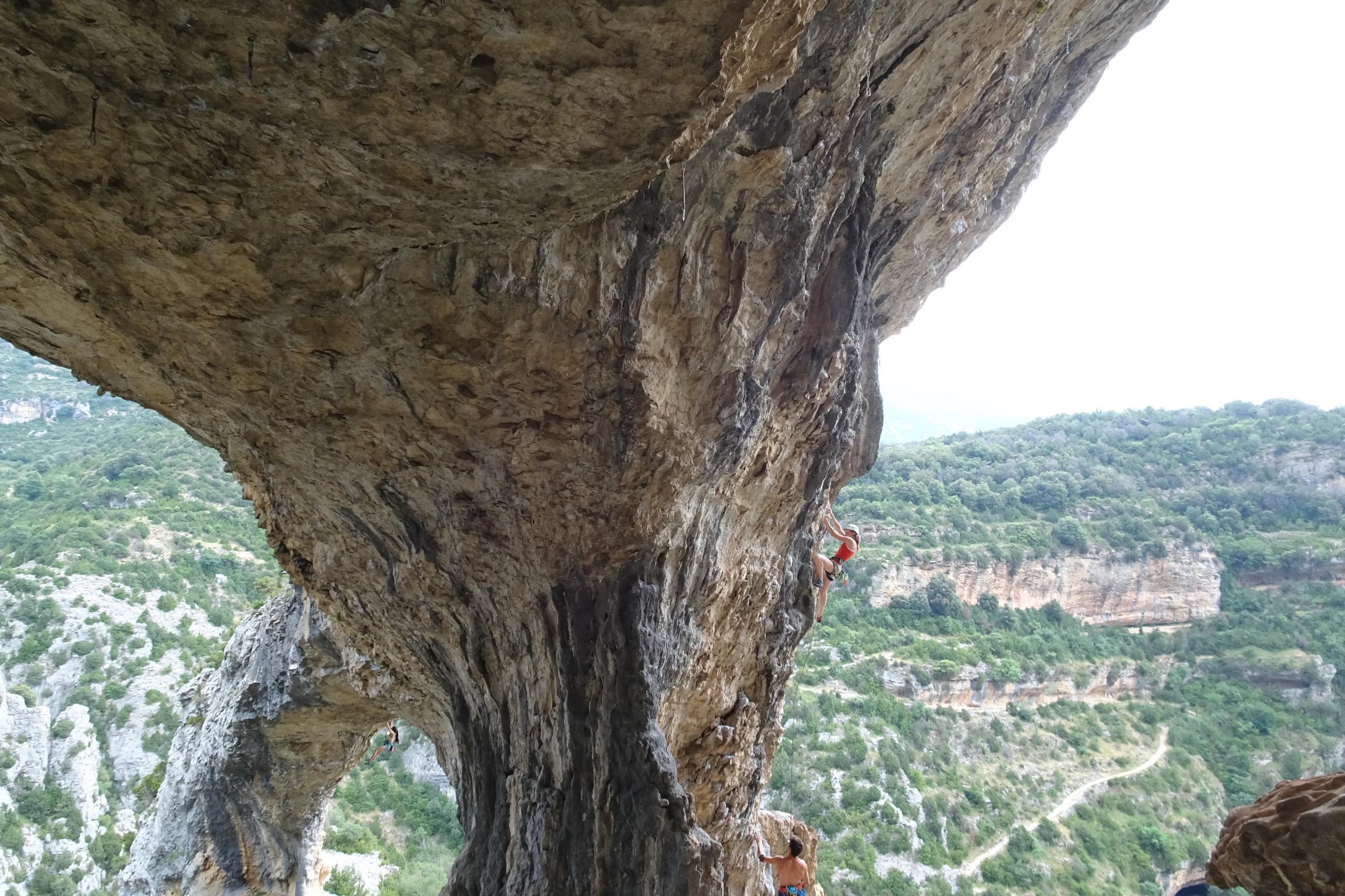
To Ott, these sports were natural and even safer to her than walking down the road. Her doctor endorsed her continuing her sports, noting she'll just have to adjust to her larger body.
"I was rock climbing the whole first trimester, and it actually helped with nausea," she said.
When climbing stopped feeling good, Ott opted to ski instead, with her husband Chaz behind her to ensure no one bumped into her. She stopped just a week before her due date.
Barbara Katz Rothman, a professor of Sociology, Public Health, Disability Studies and Women's Studies at the City University of New York, says that in patriarchal societies, while the fetus is seen as perfect, the mother is seen as someone who can only do damage.
"There's no data that there's harm to be had in continuing to live your life," Katz Rothman said.
"Like a Scary Trad Climb"
When it comes to risk in pregnancy, there's no one-size fits all answer. Shital Thekdi, associate professor of analytics and operations at University of Richmond and an expert in risk science, explains that risk assessment is based on each person's unique values.
"Two different people can look at the exact same information and come up with different characterizations of the risk," she said.
Many risks in pregnancy aren't even agreed upon within the medical community. Some risks like scuba diving are not well documented in scientific literature, so physicians will recommend against it to be on the safe side.

"If you're even trying for a baby, [physicians] advise not to dive, so I stopped immediately," a scuba diver from the U.K. Sacha McPhee said. "And it was difficult, I'm not gonna lie."
Ott had waited until she was 32 to start trying for a family, and had lived her twenties to the fullest: ski bumming, traveling the destination climbing circuit, joining the Peace Corps, and picking up a second language.
Ott's birth was "a little traumatizing," she said. After laboring for 46 hours and trying to give birth vaginally, Ott had a C-section in which she lost a lot of blood, followed by a difficult recovery.
She compares pregnancy and birth to "a scary trad climb," a higher risk form of outdoor rock climbing where climbers rely on their own gear to place in cracks and crevices, "where you have to work up enough nerve to go for it."
Just as trad climbing involves constant reassessment of the body, a need to trust intuition, and the possibility of serious injury or death, pregnancy requires decision-making in a dynamic situation. And those decisions should ideally be left to the pregnant person.
Pregnancies are Risky
Many end in natural or induced abortion
Pregnancy itself is inherently risky, both for the pregnant person and the baby. Nearly 26 percent of all pregnancies in the United States. end in natural abortion—or miscarriage. The U.S. maternal mortality rate was 24 deaths per 100,000 live births in 2020. The CDC's Pregnancy Mortality Surveillance System recorded 0.32 maternal deaths per 100,000 induced abortions. According to the American Alpine Club's records, there are an average of 0.6 deaths per 100,000 North American climbers in a given year of regular rock climbing.
For a woman rock climber, it seems that the real "extreme sport" is pregnancy.
For Women, Pregnancy Can Be an Extreme Sport
Deaths per 100,000
But how that risk is interpreted differs between each person based on their circumstances. When Thekdi had to assess and balance risks herself during her own pregnancy, she saw how she and other people varied in the way they were able to control them—in part because women around the world have varying levels of access to health care.
"It's a different playing field for different people," she said.
Who Makes the Call on Risks in Pregnancy?
While extremely low risk activities like eating sushi are frowned upon for pregnant women, nearly a third of all births in 2020 in the United States were C-sections—a major abdominal surgery that carries far greater risk and complications than vaginal birth. Some of these procedures, such as Ott's, are necessary to save lives, but according to the World Health Organization many are unnecessarily performed and potentially harmful.
The share of births in any given country that occur by C-section range from 3.6 percent to 42.8 percent. Katz Rothman says that some mothers elect for C-section and hospital births to be on the safe side, when most uncomplicated, low-risk pregnancies can be safely attended by skilled midwives—showing how "risk is not understood properly in a medical system."

During Ott's pregnancy, she was in France surrounded by cheese, but was "so sad" to not be able to eat any soft cheeses or runny eggs due to possible listeria contamination, even though listeria outbreaks have also been traced to common foods like spinach and ice cream. While the U.S. CDC asks women to not drink at all when trying to get pregnant or during pregnancy, some European countries say it's okay to drink an occasional glass of wine.
Women should be supported in their "intelligent decision making."
Katz Rothman
Risk is unavoidable, even during pregnancy. As a result, she believes that the "language of risk is very disempowering." Instead, she thinks that women should be supported in their "intelligent decision making."
Part of the problem is that medical institutions themselves can be barriers to women having the final say on what risks they do and do not want to take—including calling for an end to their pregnancy. One in seven hospital beds in America are part of a Catholic system that won't provide abortion or sterilization services. "Abortion is a decision between a woman and her doctor," is a popular slogan for pro-choice groups, but to Katz Rothman, that doesn't guarantee access to abortion.
"The doctor could say no, and then it [isn't] her decision," she said.
Historically, care for pregnant women was learned in communities where many families had someone who knew how to "be the midwife or do the abortion, or help the milk get flowing," she says. Now, most women around the world rely on hospitals—many bound by religious or governmental restrictions and with a track record of discrimination—to obtain the care they need.
Getting Back to Their Sports
After giving birth, Ott felt like she had a long road to recovery. With no time to catch her breath, she had to be there to breastfeed and keep the baby alive and healthy, so "getting back into sports was the last thing" on her mind. She took a year and a half before she felt like she was climbing strong again.
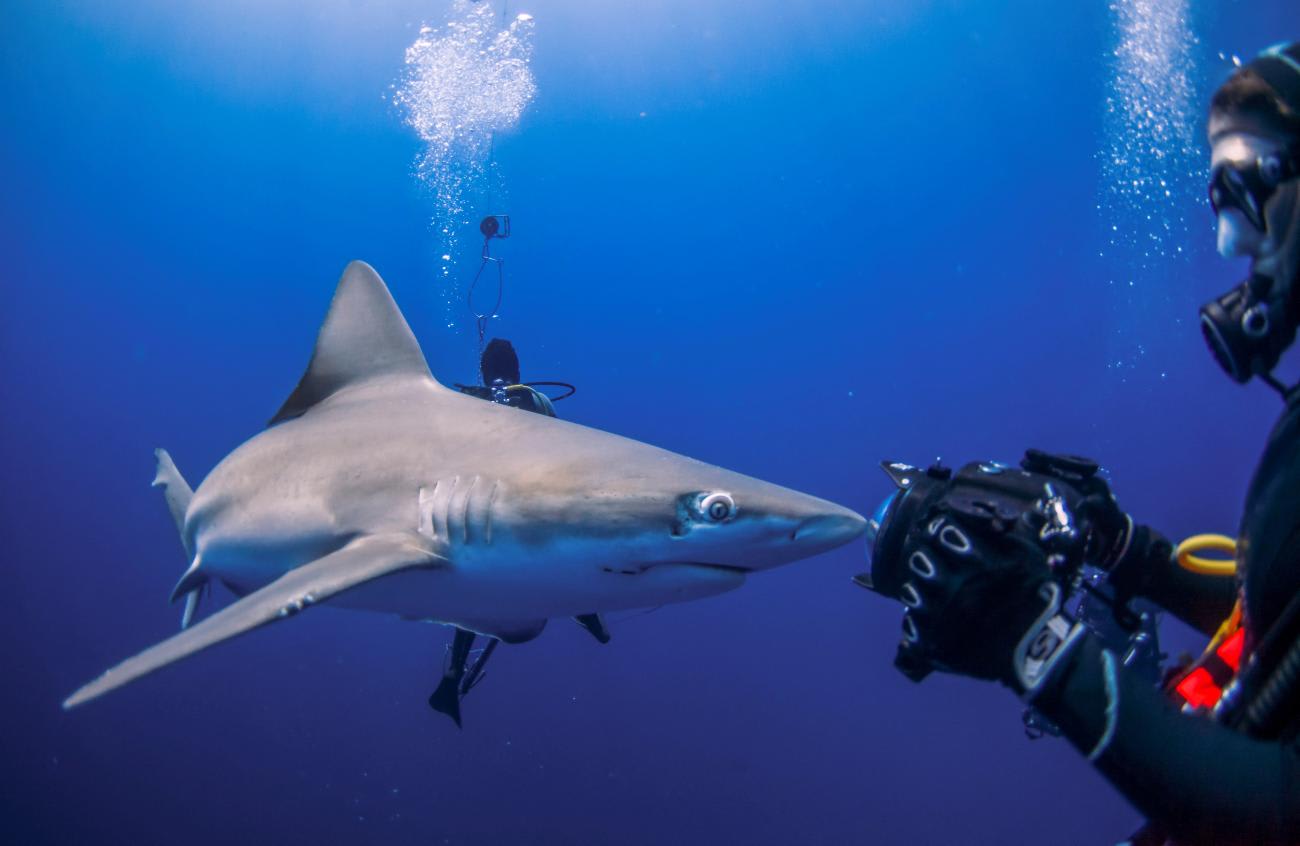
McPhee, who dove at six weeks postpartum with a physician's clearance, said she realized her body wasn't ready. A year later, after a diving holiday in Mauritius, she welcomed a second pregnancy. Now, she's looking forward to easing back into diving, at her own pace, by Christmas.
Min felt she had "a very easy pregnancy physically and mentally" because of her fitness and, at 41 weeks, was expecting to induce her pregnancy imminently when we spoke.
"They said I can get pain relief, but I thought why not experience it?" she said. "I have run 100 kilometers and even tried 100-mile races, and I feel like this is another layer, a different kind of challenge."
After the birth she intends to continue doing extreme sports, and maybe take up paragliding. A former teacher at a sports school and now an educator at an outdoor camp, Min feels that passing on her love of nature is part of who she is.
"If you don't have experiences of happiness, how can you give that to your child?"
